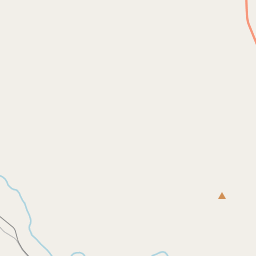First Cemetery in Potter County
Historical marker location:






On the old _X (LX), first ranch in Potter County, established in 1877 by W.H. Bates and D.T. Beals, Boston (Mass.) industrialists. The earliest burials occurred after the LX was sold, 1884, to American Pastoral Land and Cattle Company, a British syndicate.
First grave was dug for the LX bookkeeper's wife, Mrs. James Wyness, who died in Tascosa on June 15, 1887; six weeks later the newborn son who survived was laid at her side. The infant son of Mr. and Mrs. Charley Mott died in 1888. Second adult buried here was P.O. ("Bunch") McCrary, killed 1890 when his horse fell on him while he was roping a yearling. In 1893 James Bailey, hauling grain from Amarillo, bogged in quicksand in the Canadian; in getting his wagon out, he suffered exposure that brought on a fatal case of pneumonia. A 1902 grave was for James Bell, found dead in a corral with a bridle in his hand.
When the syndicate was liquidated, this portion of the ranch was purchased by an early cattleman, R.B. Masterson. John Arnot, one of the original employees of the syndicate, and later a U.S. Government Cattle Brands Inspector, maintained the cemetery until 1945. It is now cared for by Mrs. Mary Masterson Fain, a descendant of third owner of the old ranch land.
(1967)
As one of the most visible programs of the Texas Historical Commission (THC), historical markers commemorate diverse topics in Texas history, including: the history and architecture of houses, commercial and public buildings, religious congregations, and military sites; events that changed the course of local and state history; and individuals who have made lasting contributions to the state, community organizations, and businesses.
Texas was once an independent country: After winning its independence from Mexico in 1836, Texas became its own country, known as the Republic of Texas. It existed as an independent nation for nine years before being annexed by the United States in 1845.
In 1876, Potter County was officially established and named after Robert Potter, a lawyer and signer of the Texas Declaration of Independence. The county's first town, Amarillo, was founded soon after and quickly became the county seat. Initially, Amarillo served as a cattle shipping point and a center for trade, attracting businesses and settlers from surrounding areas.
The early 20th century brought significant development to Potter County. The discovery of oil in nearby areas in the 1920s led to a boom in the county, with oil companies setting up operations and bringing wealth and jobs to the region. This growth and prosperity continued throughout the 20th century, with Amarillo becoming a major economic and cultural hub in the Texas Panhandle.
Today, Potter County continues to thrive as a vibrant community. Its economy is diversified, with significant contributions from industries such as healthcare, education, agriculture, and tourism. The county boasts numerous parks, museums, and attractions, making it an attractive destination for visitors. With its rich history and ongoing growth, Potter County remains a significant contributor to the heritage and economy of Texas.
Potter County Timeline
This timeline provides a condensed summary of the historical journey of Potter County, Texas.
- Potter County is formed on August 21, 1876
- In 1886, Amarillo becomes the county seat of Potter County
- The first courthouse in Potter County is built in 1887
- The first oil well is drilled in Potter County in 1921
- Potter County experiences significant growth during the oil boom of the 1920s
- Palo Duro Canyon State Park is established in Potter County in 1934
- In 1951, the Pantex Plant is established in Potter County, becoming a key facility for the assembly and disassembly of nuclear weapons
- The Tri-State Fair & Rodeo, held annually in Potter County, celebrates its 100th anniversary in 2021